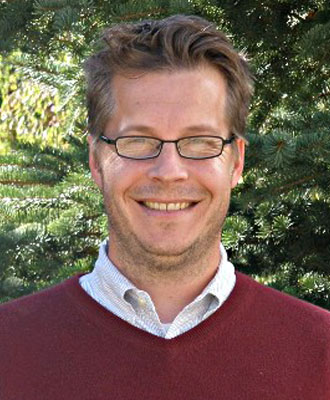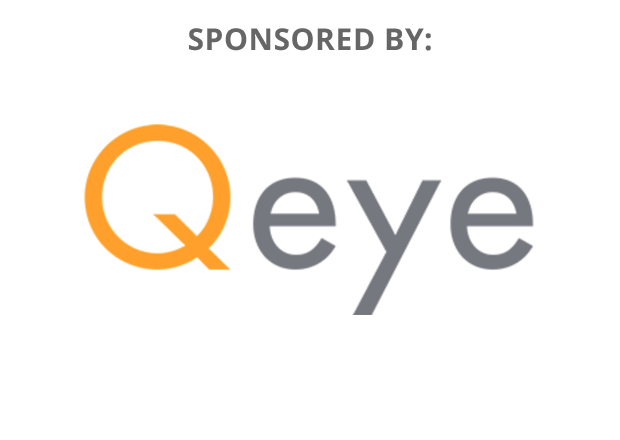Abstract
The students, postdoctoral fellows, and researchers of the CREWES project at the University of Calgary are developing an integrated approach to active seismic monitoring of CO2 injection and storage. The primary issues associated with this problem – controlling costs and understanding uncertainty – have motivated us to do so by employing several recent technical tools: fiberoptic sensing (DAS), waveform inversion, and a range of machine learning architectures. We have also recently undertaken some unique experiments, including a baseline multi-offset and multi-azimuth VSP, which was carried out in collaboration with the Containment and Monitoring institute (CaMI), at the CaMI Field Research Station in Newell County AB. The acquisition included a dense array of downhole accelerometers, and both straight and helical-wound fiberoptic cable, deployed to characterize the geology at and above a shallow sandstone formation into which CO2 has now (subsequently) begun to be injected. In this presentation I will describe this and other recent initiatives of the CREWES project, and show some highlights of the new science emerging from these efforts.
Biography
Kris Innanen received the BSc (Earth Science/Physics) and MSc (Physics) degrees from York University, and the PhD degree in Geophysics from the University of British Columbia in 2003. He joined the Department of Physics at the University of Houston in 2005, and the Department of Geoscience at the University of Calgary in 2009. In 2016, he became the Director of the Consortium for Research in Elastic Wave Exploration Seismology. Kris has supervised over 40 graduate students and postdoctoral researchers, and authored over 70 scientific publications. In 2006 Kris received the J. Clarence Karcher award from the Society of Exploration Geophysicists.






